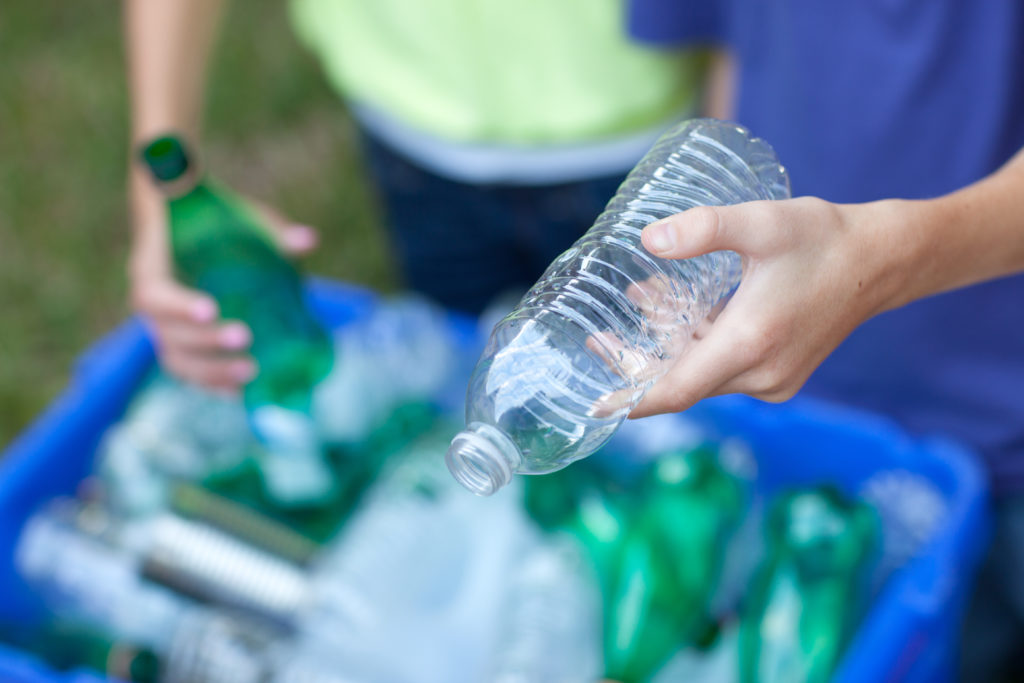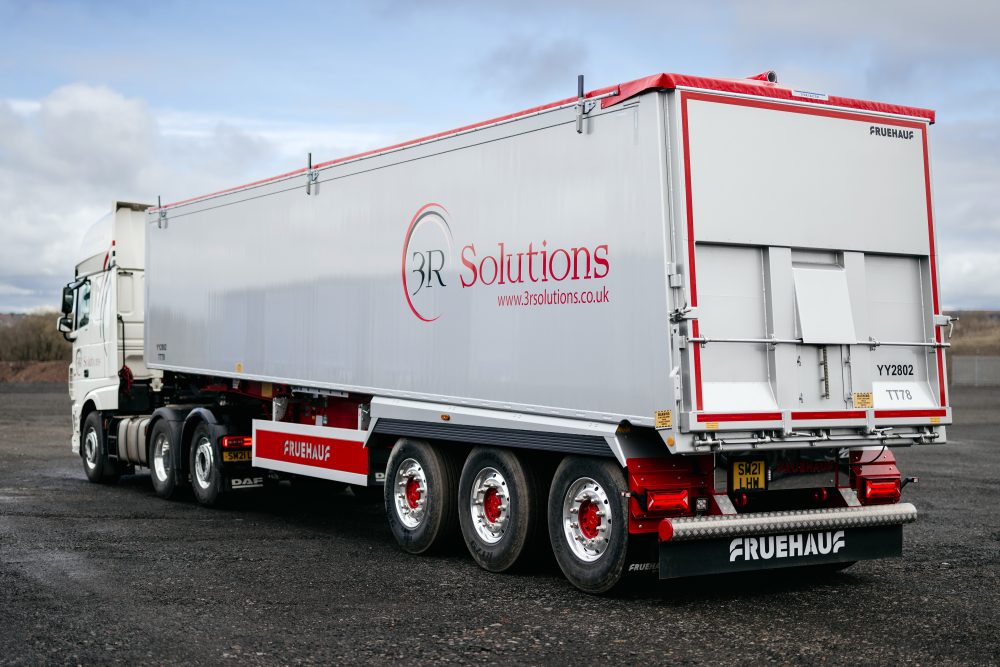The vision document outlines government plans to develop carbon capture into a “highly valuable national asset” that will boost the economy and help the country meet net zero.
In the plan – named the CCUS Vision – the Department for Energy Security and Net Zero set out how the UK will transition from early projects backed by government support to becoming a competitive market in this area by 2035, meaning UK companies will compete to build carbon capture facilities and sell their services to the world.
Standout measures include:
- Moving to a competitive allocation process for carbon capture projects from 2027 to speed up the building of the UK’s CCUS sector
- Creating the conditions for projects that cannot transport CO2 by pipeline to enter the market from 2025 onwards, using other forms of transport such as ship, road and rail
- Establishing a working group led by industry to identify and adopt solutions to reduce the cost of capturing CO2
Energy security secretary Claire Coutinho said: “Thanks to the UK’s geology, skills and infrastructure, we are in a unique position to lead the way on carbon capture technologies. That is why we’re making one of the biggest funding commitments in Europe on carbon capture that will cut emissions from our atmosphere, while unlocking investment, creating tens of thousands of jobs and growing the UK economy.”
Waste
As part of its vision for waste the government highlighted that the CCUS is the “only net zero compliant technology method” for handling residual waste management facilities.
The document also said that utilising CCUS at mixed municipal waste facilities due to their biogenic content presents an opportunity to counterbalance emissions in other sectors of the economy and from challenging-to-reduce industries.
It stated that this deployment allows for the delivery of negative emissions, aiding in offsetting overall carbon outputs.
Aviation
The government also reiterated its commitment to transitioning to sustainable aviation fuel.

It states that SAF, when blended with traditional jet fuel, boasts over a 70% reduction in lifecycle emissions compared to fossil-derived kerosene.
The fuel is derived from sources like municipal solid waste, recycled carbon fuels utilising unrecyclable plastic and waste industrial gases, and eventually, the government hopes it can be derived from the conversion of low carbon electricity into synthetic fuel.
‘Key component’
The document has been largely welcomed from across the sector with an interest in energy from waste.
Charlotte Rule, head of climate and energy policy at ESA, said: “The Government announced a series of updates this morning setting out its commitment to carbon capture and storage. Of particular interest to our sector is Government support to enable non-pipeline transport of captured carbon, which in turn would support the application of CCUS in the energy-from-waste sector – a key component of the ESA’s sectoral Net Zero strategy.”

Ms Rule added that energy recovery facilities are geographically dispersed and many will not have access to pipeline offtake, “so some of our members are exploring other modes of transporting carbon by both sea and rail subject to investable conditions”.
She concluded: “Furthermore, expansion of Track 1 of the Hynet carbon cluster opens the door for more EfW pipeline connections – joining the two energy recovery facilities that were included in the first round – and the addition of two new clusters, Viking and Acorn, signals Government’s intent and trajectory on CCUS.”
‘Strong’
Elsewhere, Mark Sommerfeld, deputy director of Policy at the REA (Association for Renewable Energy and Clean Technology) said: “The government’s new vision for Carbon Capture and Storage is a strong and positive statement that, if successfully delivered, will enable private investment, new jobs, and drive down costs to create a viable and highly commercial sector by 2035.
He added: “Most significantly, the launch of the of allocation process for expanding the UK’s first carbon capture and storage cluster will now bring forward essential bioenergy with carbon capture and storage (BECCS) projects. These are unique in their ability to produce both low carbon power and deliver carbon removals, creating negative emissions.”
Evero
Meanwhile, the Evero Energy Group, which includes the Ince waste wood biomass facility in Chester in its portfolio, welcomed the expansion of the HyNet cluster, which covers facilitites in the north west.
Simon Hicks, chief executive of the company said the expansion “is great news for Evero, the North West and the UK’s transition to net zero”.
He explained: “Evero has multiple projects across the North West of England that are eligible for this round of government support. Our pathfinder InBECCS project would generate as much as 250,000 tonnes of engineered carbon removals a year, once operational in 2029.
“Fitting CCUS across our wider portfolio would enable us to capture a million tons of carbon a year – making a material contribution towards the Government’s Greenhouse Gas Removals targets.”











Subscribe for free